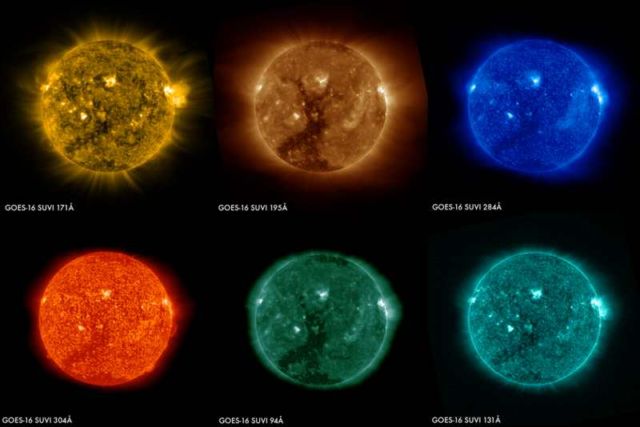The first images from the Solar Ultraviolet Imager or SUVI instrument aboard NOAA’s GOES-16 satellite.
This animation from January 29, 2017, shows a large coronal hole in the sun’s southern hemisphere from the Solar Ultraviolet Imager (SUVI) on board NOAA’s new GOES-16 satellite.
SUVI observations of solar flares and solar eruptions will provide an early warning of possible impacts to Earth’s space environment and enable better forecasting of potentially disruptive events on the ground.
This animation captures the sun in the 304 Å wavelength, which observes plasma in the sun’s atmosphere up to a temperature of about 50,000 degrees. When combined with the five other wavelengths from SUVI, observations such as these give solar physicists and space weather forecasters a complete picture of the conditions on the sun that drive space weather.
Credit NOAA/NASA
source NASA






Leave A Comment